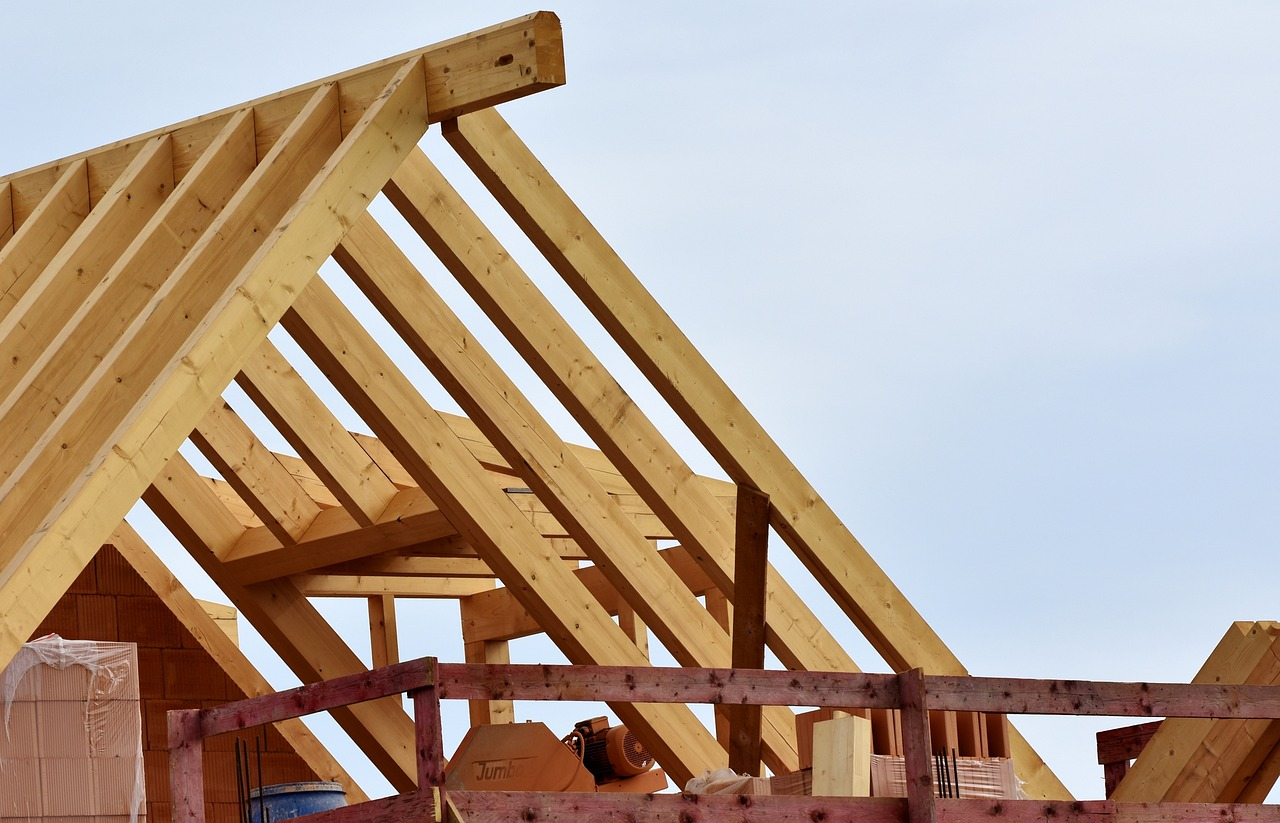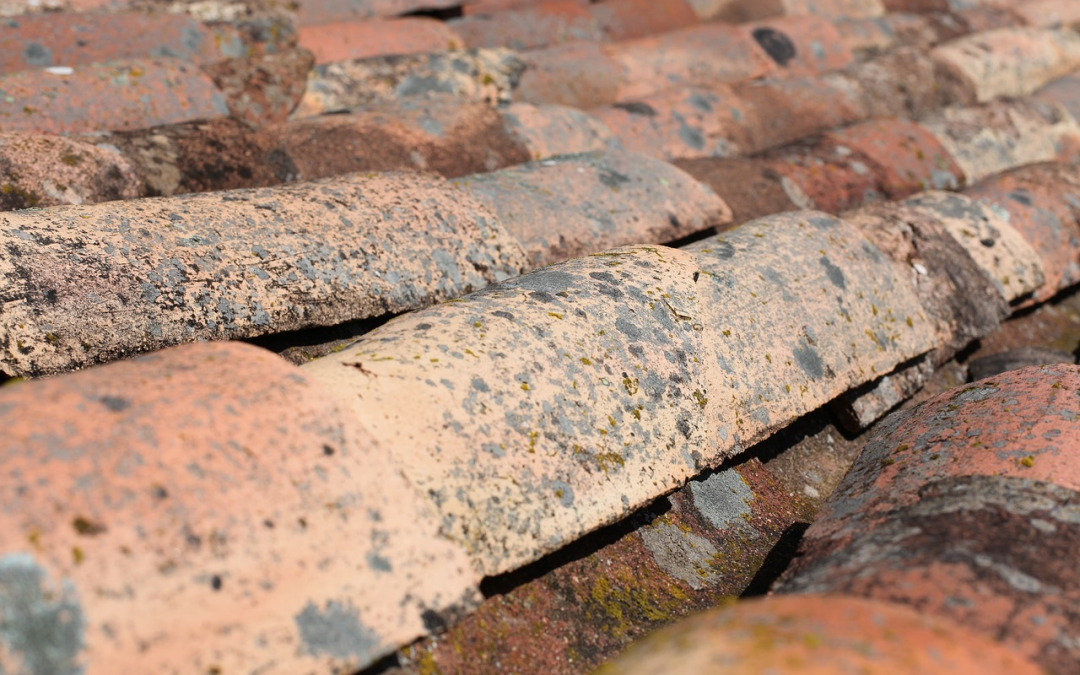Roof repairs can be an overwhelming process for many homeowners, especially if they are unfamiliar with the steps involved. Knowing what to expect during a roof repair project can help you feel more prepared and confident as the work begins. Here’s a comprehensive guide to the roof repair process from start to finish, so you can understand each step along the way.
1. Communication with Your Contractor
One of the first and most important steps in any roof repair project is establishing clear communication with your contractor. Before the project starts, you’ll have a consultation to assess the damage and discuss the repair plan. It’s essential to stay informed throughout the process, and regular updates from your contractor are key. If you’re planning routine roof maintenance in Middle Tennessee, your contractor should keep you informed about what’s being done and any potential issues that may arise. Clear communication ensures that both you and the contractor are on the same page, minimizing surprises and ensuring the repair process goes smoothly.
2. Inspection and Assessment
Once communication is established, the next step is for your contractor to perform a thorough inspection of your roof. During this assessment, they will identify the extent of the damage and determine the best course of action. This might involve inspecting the shingles, flashing, gutters, and structural elements of the roof to find any areas that need repair. After the inspection, the contractor will provide a detailed report outlining the necessary repairs and the estimated costs. Understanding the scope of the damage early on helps you prepare for the repairs and gives you a clear idea of what to expect.
3. Preparing the Work Area
Before any actual repair work begins, the contractor will take steps to prepare the work area to ensure the safety of the crew and protect your property. This often involves placing tarps around the perimeter of your home to catch any debris and covering any landscaping or outdoor furniture to prevent damage. The crew will also make sure that ladders and other equipment are set up properly to provide safe access to the roof. By taking these precautions, your contractor helps minimize the disruption to your home and ensures the job is completed as efficiently and safely as possible.
4. Roof Repair Process

With the work area prepared, the actual roof repair process can begin. The specific repairs will depend on the damage identified during the inspection. For minor issues, such as replacing a few shingles or fixing a small leak, the repair might be completed quickly. However, more extensive repairs, such as replacing large sections of the roof or repairing structural damage, will take longer. During the repair process, your contractor will use high-quality materials and ensure that everything is installed correctly to prevent future issues. Whether it’s patching up leaks or installing new flashing, this stage is crucial for restoring the integrity of your roof.
5. Clean-Up and Debris Removal
Once the repairs are completed, the crew will take care of cleaning up the work area. This includes removing any leftover debris, such as old shingles or nails, and ensuring that your yard and surrounding property are left in good condition. Many contractors use magnetic tools to pick up stray nails and other small pieces of debris that might be hazardous. A thorough clean-up is an essential part of the roof repair process, as it ensures that no materials are left behind that could damage your property or cause injury.
6. Final Inspection and Follow-Up
During this stage, your contractor will carefully examine all aspects of the repair work to confirm that everything has been done according to plan and that no issues have been overlooked. This involves checking the integrity of the repaired areas, ensuring that shingles are properly sealed, flashing is securely in place, and any leaks or structural issues have been effectively addressed. The contractor may also assess the overall quality of the materials used to guarantee long-lasting results. In addition to the contractor’s inspection, they may walk you through the completed work, explaining each step they took and pointing out specific areas that were repaired. This is an excellent opportunity for you to ask any questions and gain a better understanding of the repairs made to your roof.
Roof repairs don’t have to be a stressful experience if you know what to expect. From the initial inspection to the final follow-up, understanding each stage of the process will help you feel more confident and prepared. By working with a reliable contractor, maintaining clear communication, and being informed about the necessary repairs, you can ensure that your roof is properly repaired and ready to protect your home for years to come.

Recent Comments